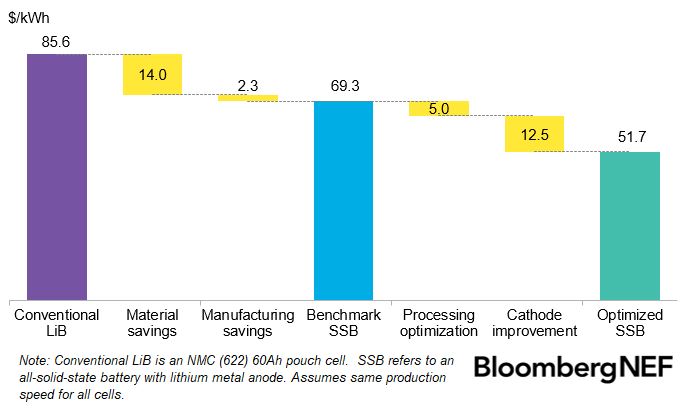
Great to see the Korean Government supporting its battery manufacturers and industry by committing $35b
bloomberg.com/news/articles/…
The trend amongst governments (Europe, U.S., U.K., China, Japan, Korea) in approaching the battery development is similar.
Thread below
#battchat
bloomberg.com/news/articles/…
The trend amongst governments (Europe, U.S., U.K., China, Japan, Korea) in approaching the battery development is similar.
Thread below
#battchat

1) Industry-University-Research Solidarity and Cooperation (from the Korean plan)
To stay ahead in the battery industry governments are recognizing the importance of investing in early stage research on next-gen tech, but more importantly having industry and academia collaborate
To stay ahead in the battery industry governments are recognizing the importance of investing in early stage research on next-gen tech, but more importantly having industry and academia collaborate
1b) We see this globally, in the U.K. you have the Faraday Battery Challenge and @FaradayInst.
In Europe, @InnoEnergyEU, EBA and Battery 2030.
In the U.S. the DoE has been pivotal in developing next gen tech through @ARPAE.
In Japan the Battery Association for Supply Chain.
In Europe, @InnoEnergyEU, EBA and Battery 2030.
In the U.S. the DoE has been pivotal in developing next gen tech through @ARPAE.
In Japan the Battery Association for Supply Chain.
2) Using public money to incentivize private investment
Government money on the table brings private investment! In Europe, 7b euros of state aid has brought in 19.3b euros of private investment so far. The US, the ATVM loan program will do the same.
Government money on the table brings private investment! In Europe, 7b euros of state aid has brought in 19.3b euros of private investment so far. The US, the ATVM loan program will do the same.
3) Resource security and Sustainability
A common feature across all plans it to secure the raw material supply chain.
In Europe, this includes the EIB backing resource projects in Europe and aboard. The US is also looking to support domestic and overseas supply chains.
A common feature across all plans it to secure the raw material supply chain.
In Europe, this includes the EIB backing resource projects in Europe and aboard. The US is also looking to support domestic and overseas supply chains.
3b) But another crucial source of raw materials is from recycling, which is also vital to making the supply chain sustainable.
The battery value chain will never be fully circular, but recycled content requirements in Europe etc are pushing it in the right direction
The battery value chain will never be fully circular, but recycled content requirements in Europe etc are pushing it in the right direction
Relevant links:
Korea -> motie.go.kr/motie/ne/press…
US -> whitehouse.gov/wp-content/upl…
Europe -> eba250.com
UK -> ukri.org/our-work/our-m…
Japan -> basc-j.com/en/about/
Korea -> motie.go.kr/motie/ne/press…
US -> whitehouse.gov/wp-content/upl…
Europe -> eba250.com
UK -> ukri.org/our-work/our-m…
Japan -> basc-j.com/en/about/
For BNEF clients
Europe -> bnef.com/insights/26583
-> bnef.com/insights/26213
China -> bnef.com/insights/25999
-> bnef.com/insights/23363
US -> bnef.com/insights/26593
-> bnef.com/insights/26583
Europe -> bnef.com/insights/26583
-> bnef.com/insights/26213
China -> bnef.com/insights/25999
-> bnef.com/insights/23363
US -> bnef.com/insights/26593
-> bnef.com/insights/26583
• • •
Missing some Tweet in this thread? You can try to
force a refresh





